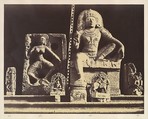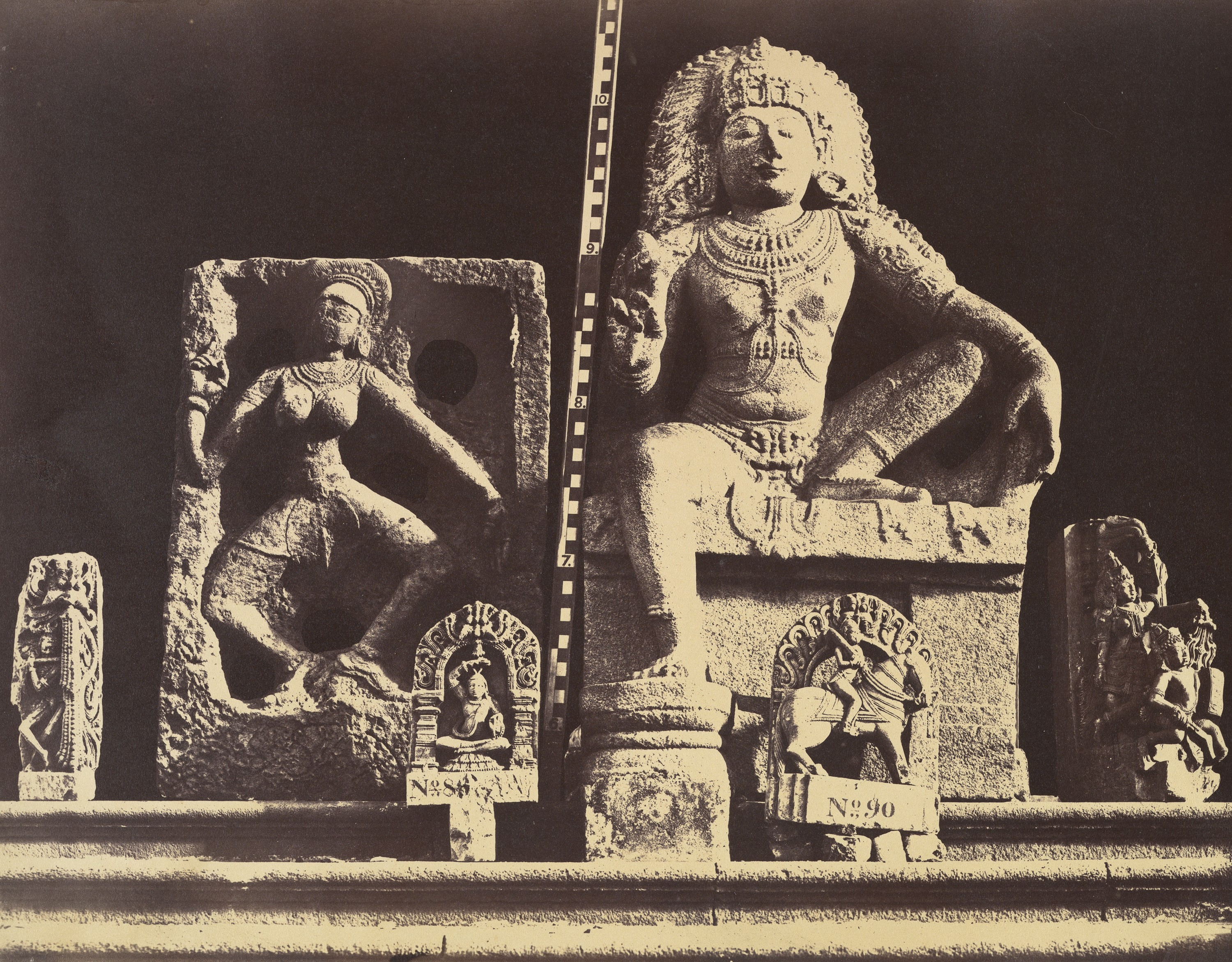Elliot Marbles and Other Sculpture from the Central Museum Madras: Group 26
Linnaeus Tripe British
Not on view
In 1853 the newly founded Government Central Museum in Madras acquired a collection of notable marble sculptures that the Scottish Orientalist Walter Elliot had excavated from the Buddhist stupa at Amaravati in south India in 1845. A contemporary author referred to them as the "Elliot marbles," linking them to the recently discovered "Elgin marbles" from ancient Greece. The guardian lion, central column section, and stepped base date from the second century, and the relief of the standing bodhisattva Avalokiteshvara dates from the eighth century. Tripe photographed them where they had been left haphazardly on the grounds of the museum, their display showing no understanding of their original location or arrangement.
Due to rights restrictions, this image cannot be enlarged, viewed at full screen, or downloaded.
This artwork is meant to be viewed from right to left. Scroll left to view more.



